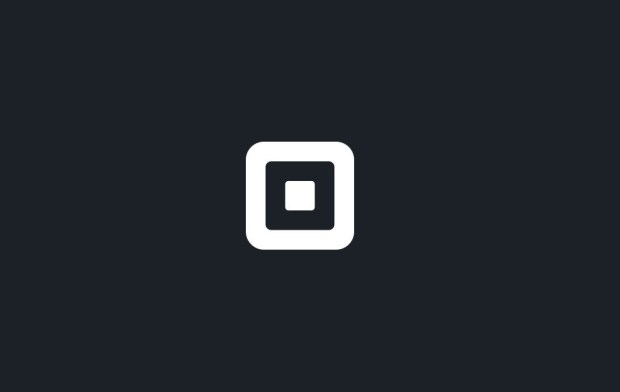Square Opens Reader Hardware To Developers

Square announced it is opening its Reader hardware to developers, enabling them to build their own custom checkout and point of sale experiences.
“While we’ve built some of the best point of sale software on the market, we know that many industries have niche needs, and businesses may crave unique experiences that aren’t served by our existing products,” wrote Carl Perry, Square’s developer platform lead, according to reports. “That’s why we’re opening up our platform and providing developers direct access to Square hardware for the very first time.”
Square’s service works well not only in current industries such as retail and restaurants, but also in areas where it doesn’t yet have a presence. And the new SDK will allow iOS and Android developers to bring their solutions to verticals like transportation and healthcare, as well as integrate their payment system with other business software.
Shake Shack is one of the first businesses to utilize SDK, testing a Square Reader SDK-powered self-service kiosk at its “Shack of the Future” in New York and a number of pop-up locations.
In addition, Infinite Peripherals is building a digital taxi meter that’s now in use in Washington, D.C., while juice chain Joe & the Juice and QuiqMeds, which helps healthcare providers dispense medication at the point of care, are also using SDK.
This is just the latest news for Square, who on Wednesday (August 1) beat Wall Street estimates on both earnings and revenue for its second quarter — powered largely by higher-than-expected transaction volume and marked growth in its subscription services business.
Square’s adjusted second-quarter earnings came in at 13 cents a share on revenue of $815 million. That beat analysts’ forecasts of earnings per share (EPS) of 11 cents and revenue of $774.6 million. That’s 60 percent revenue growth year on year. Transaction-based revenue was up 30 percent year over year to $625.2 million during Q2, while gross payment volume came in at $21.4 billion — a 30 percent increase over the same time in 2017.
The company’s net loss narrowed to $5.91 million, or 1 cent per share, from $15.96 million, or 4 cents per share, a year ago.
